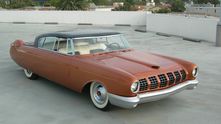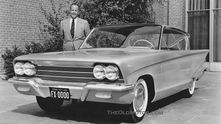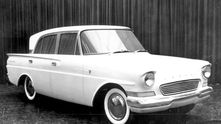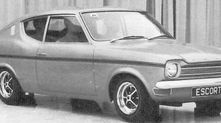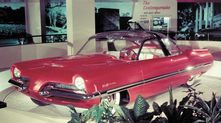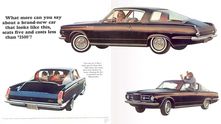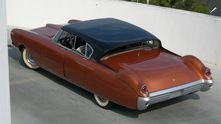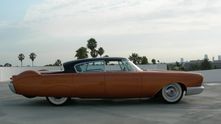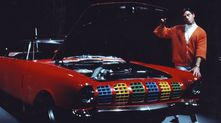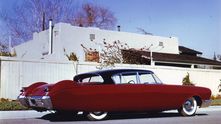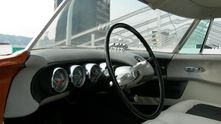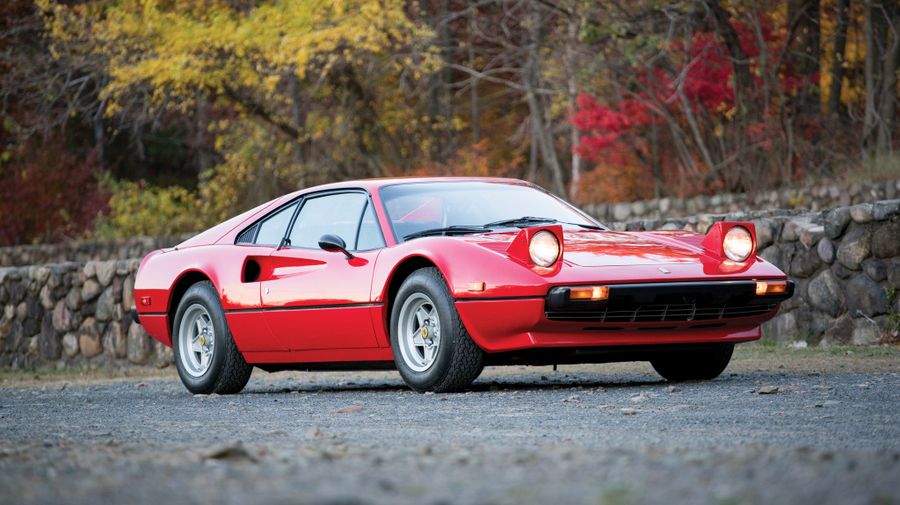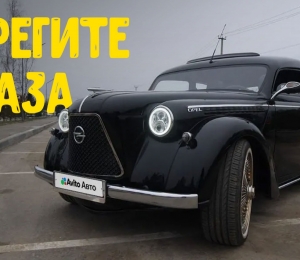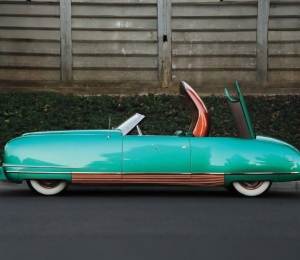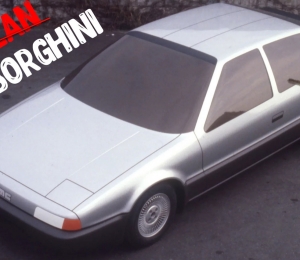
One of the least known of Ford’s mid -fifties concept cars is the “Beldone,” or Mercury D-528. The name D-528 stemmed from the fact it was the 528th experimental design project at Ford.
The D-528 was built in 1953-54 to test advanced ideas for air conditioning, seating layouts, door opening configurations, lighting, interior and exterior crash absorption, four door pillar-less hardtop construction, headlight arrangements and a wind-down rear windscreen.
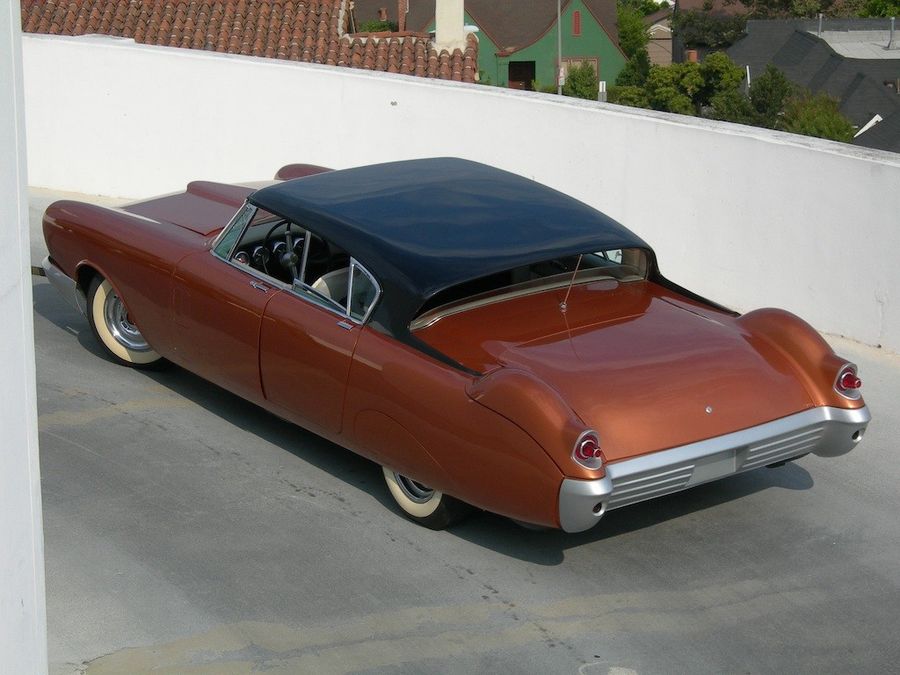
The cantilever roof was self supporting because, initially, the car had no “A” pillars at the front. The fuel tank and spare tyre were located in the rear mudguards.
Sponsor of the project was the then Chief Engineer for Ford, Earl McPherson (of the McPherson strut front suspension invention). Fully operational, the orange D-528 featured an experimental version of the yet-to-be-released Y block V8 linked to a two speed automatic.
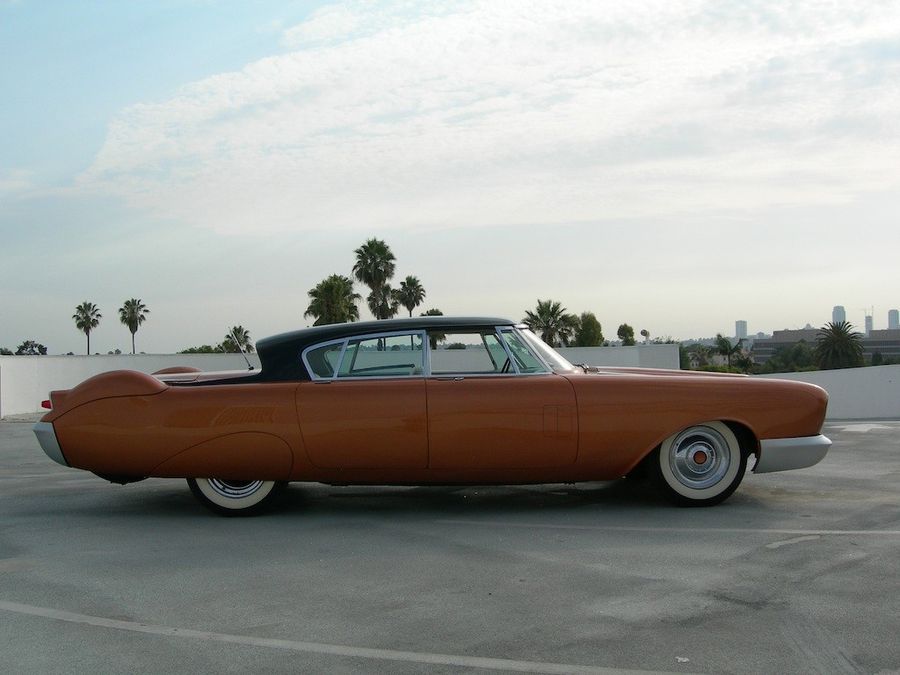
Although the D-528 was originally built without "A" pillars and relied on the windscreen to support the front part of the roof, it had a habit of breaking or popping windscreens when driven. Consequently, slim A pillars were later installed to provide some sort of frame for the windscreen.
The interior crash protection ideas informed Ford’s 1956 decision to promote passenger safety features, not that the public were particularly responsive.

The D-528 was never seen by the public and remained behind closed doors at Ford until the early 1960s when it was sold to George Barris, the famed Los Angeles car customiser and supplier of special cars for movies and TV shows.
Barris had convinced Ford he could garner them publicity by having the D-528 appear in movies and TV shows. (Barris later bought the 1955 Lincoln Futura show car from Ford of a reported one dollar, changed a few panels, painted it black and called it the Batmobile).
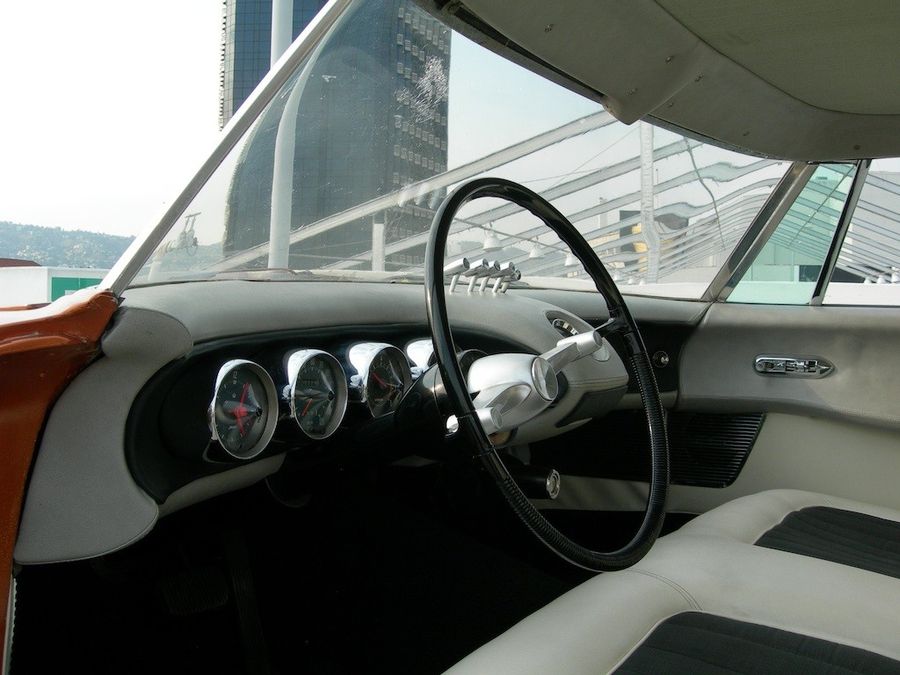
In 1964 when Paramount Pictures needed a special car for their Jerry Lewis movie “The Patsy”, Barris showed them the D-528. Paramount executives said “yes, that’s the one we need!” and the car was painted bright red and re-christened as the “Beldone”. For the movie the Beldone was equipped with remote control devices that opened and closed the doors, boot, and bonnet. These devices were central to one of the comedy scenes in the movie. When the film was completed the car was stored on the Paramount back lot.
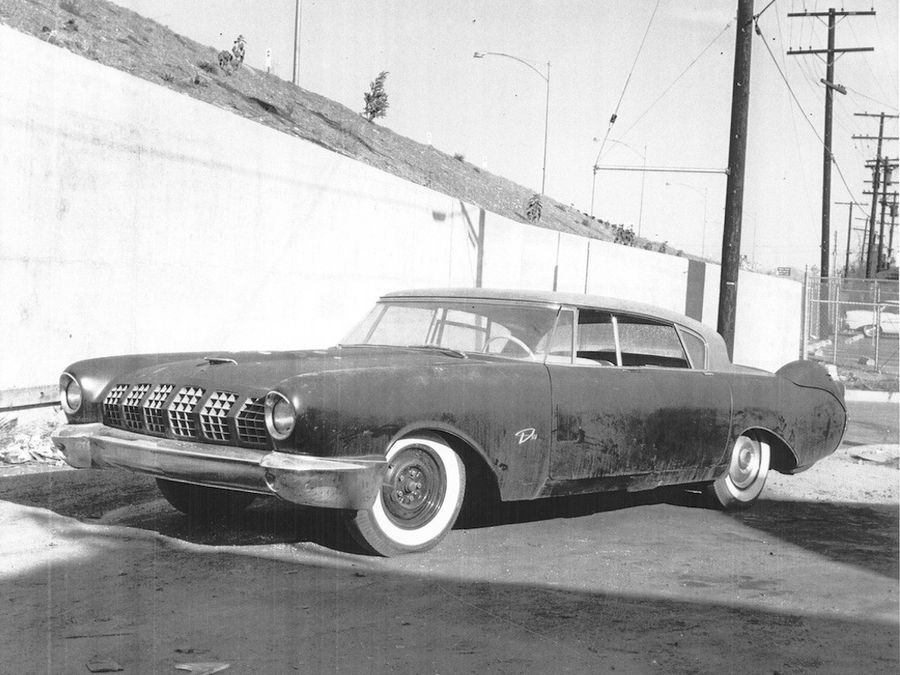
It was later used in the TV series "The Duplicate Man" and had a small part in the movie "Back To The Future". Barris sold the car in 1984 and after passage through several owners it was fully restored. It is now at the Petersen Auto Museum in Los Angeles.
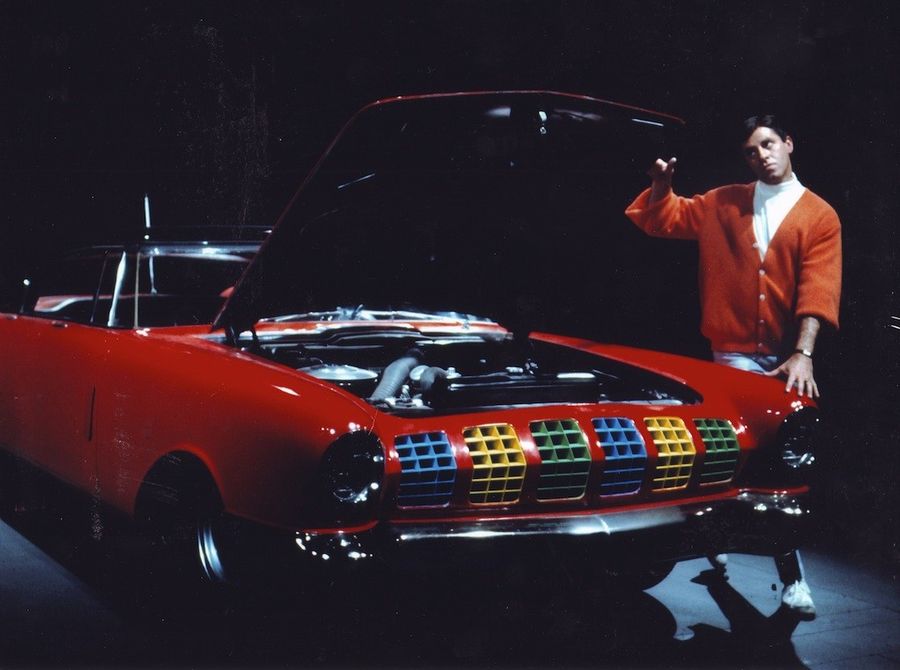
Mercury D-528 Beldone in Jerry Lewis movie. The Patsy.

Mercury D-528 Beldone in Jerry Lewis movie. The Patsy.
The exterior styling of the D-528 was done by Gil Spear, while John Samsen did the interior. Both would go on to very successful design careers.
A legacy of the D-528 was its reverse angle rear pillar. Spear’s use of this styling idea was not innovative. GM and Tucker employed it in 1948, and everyone else had their own version by 1954, except Ford.

Mercury Breezeway
Where Spear was innovative was to combine it with a roll-down rear window. In the days before air conditioning this was a practical way of increasing airflow through a car without the need to open the side windows. An added benefit was reduced wind noise from not rolling down the side windows.
Called the “Breezeway”, it was a feature on Mercury’s until 1968.(see images on the previous page). This gave the brand some much needed styling and product differentiation when compared to its (cheaper) Ford sibling. Ford pressed the Breezeway into service on Lincolns in the late 50s, as this red Lincoln highlights.

1958 Ford La Galaxie
Ford did not embrace the reverse slant rear pillar idea as quickly as others. It toyed with it for the ’57 Fords and gave it a run on the 1958 La Galaxie dream car.
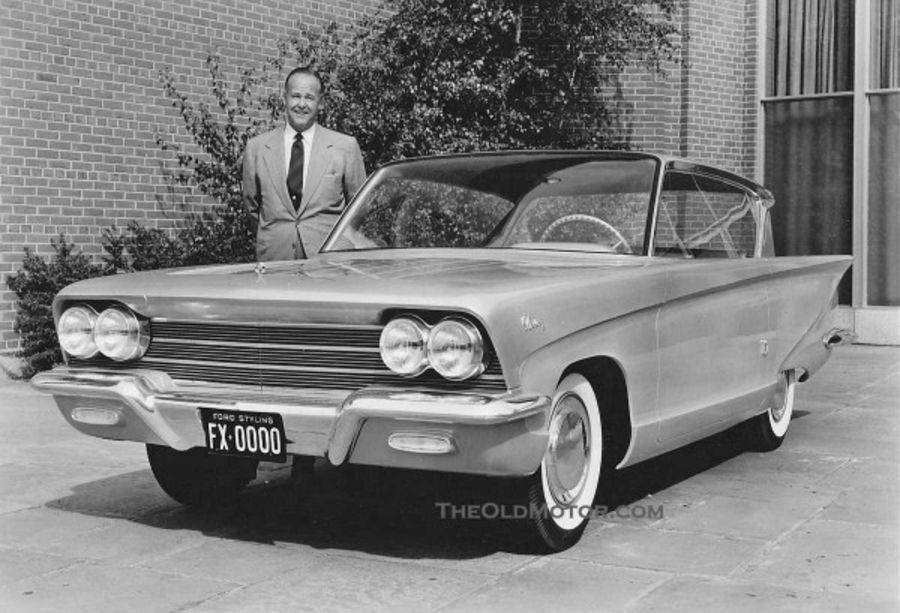
The early stying proposals for the Falcon (including the L’Avion, above) followed the D-528 roof line, but smaller and more angular.

Over at Ford UK, however, the L’Avion was scaled down even more, and out of it came the signature styling feature of the 1959 Ford Anglia and the 1961 Consul Classic.
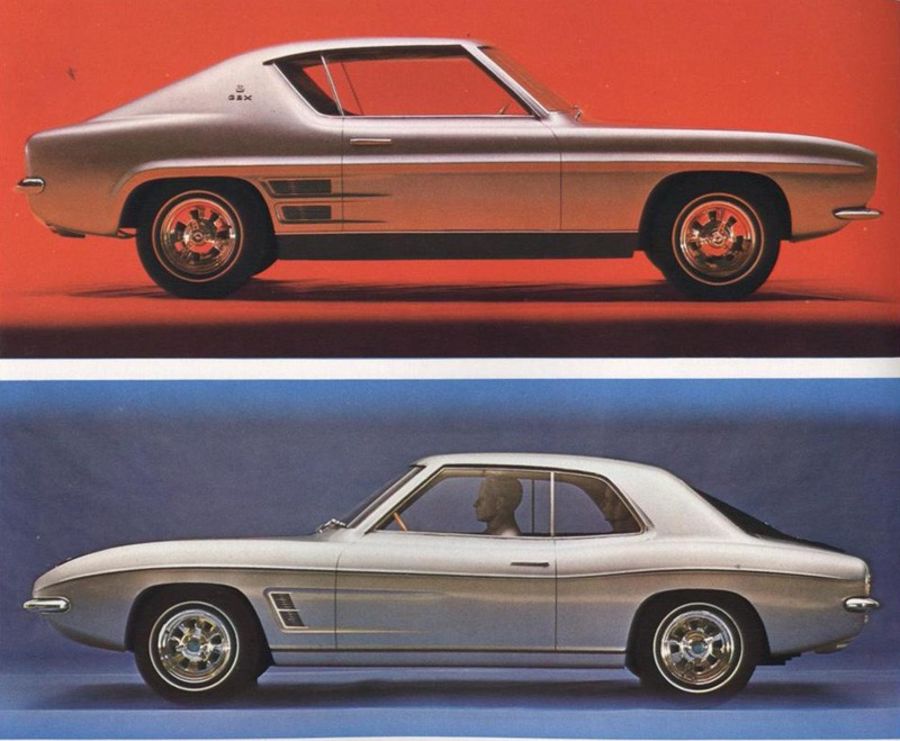
Gil Spear’s career began as a stylist for GM. He then shifted to Chrysler and then to Ford, which he joined in 1947 At that time he was involved in “productionising” the shape of the 1949 Ford. Later he headed up the Advance Design studio, where the D-528 styling originated.
Spear was also instrumental in bringing the 1957 Ford Skyliner, the one with all-metal the retractable roof, to fruition. From 1967 he was Design Supremo at Ford UK and led the team which styled the Capri. The Capri was supposed to have a reverse rear pillar , which was only changed a few weeks before production started in 1969.
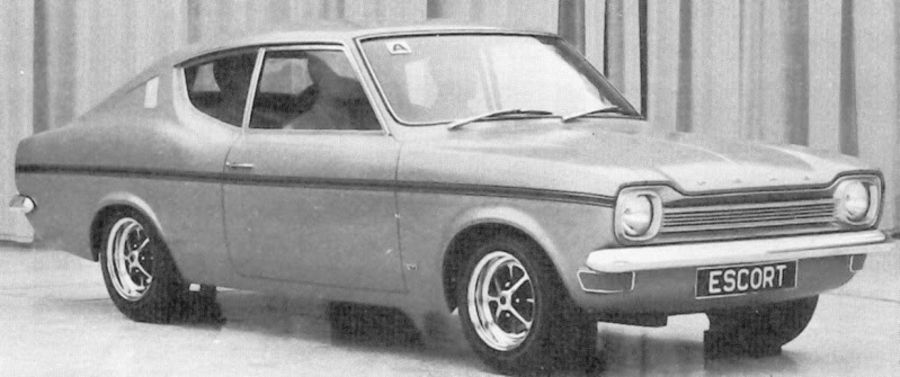
Spear and his team also seriously considered it for the 1968 Escort. Spear retired in 1974. The Breezeway idea is now seen on many pick-up trucks, as a sliding window.
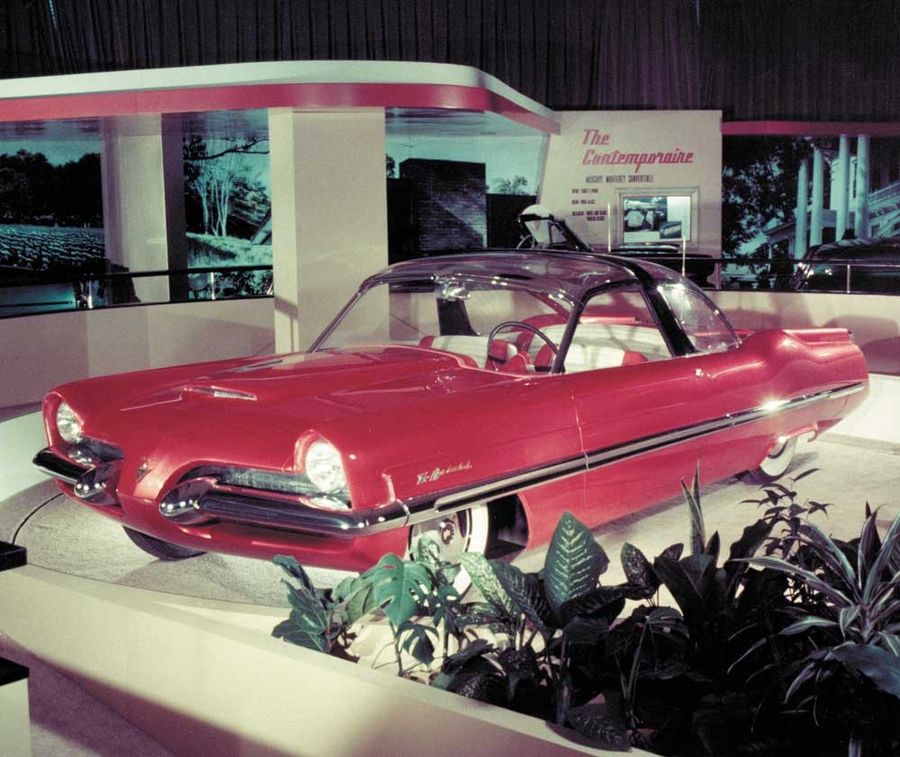
John Samsen started at Ford in 1952 and worked on the first Thunderbird with Franklin Hershey and Bill Boyer (who was later the Design director at Ford Australia).
His inspiration for the dashboard design on the D-528, with its protruding mid section, came from the split-bumper front end of the 1953 Lincoln XL 500 concept car.
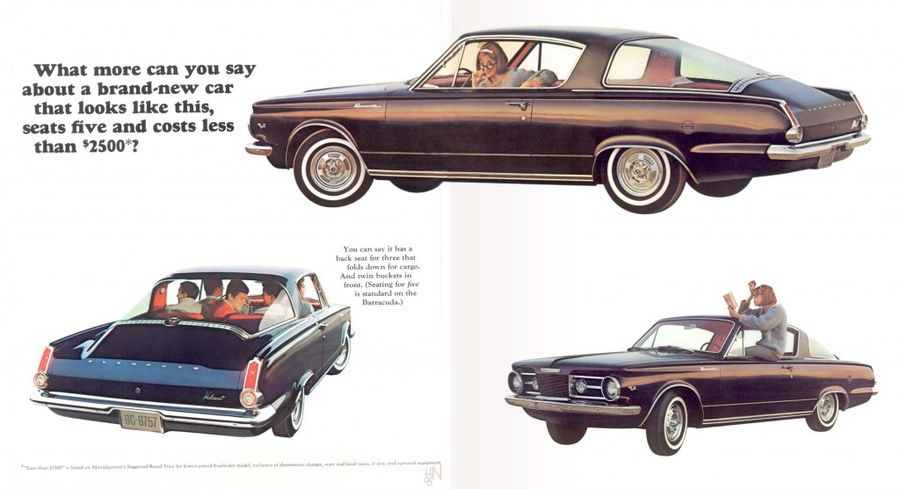
He moved to Chrysler in 1955, working in many of their design studios. He led the styling of the 1964 Plymouth Barracuda, which also featured a distinctive reverse pillar.. “I liked reverse-slant "C-pillars" , he says on his website.
Samsen also thought up the name ‘Barracuda”, after a couple of Chrysler executives wanted to call it the “Panda”. His design credits spread across the Chrysler brands, including the ’67 and ’71 Barracudas, and the Plymouth Duster.









